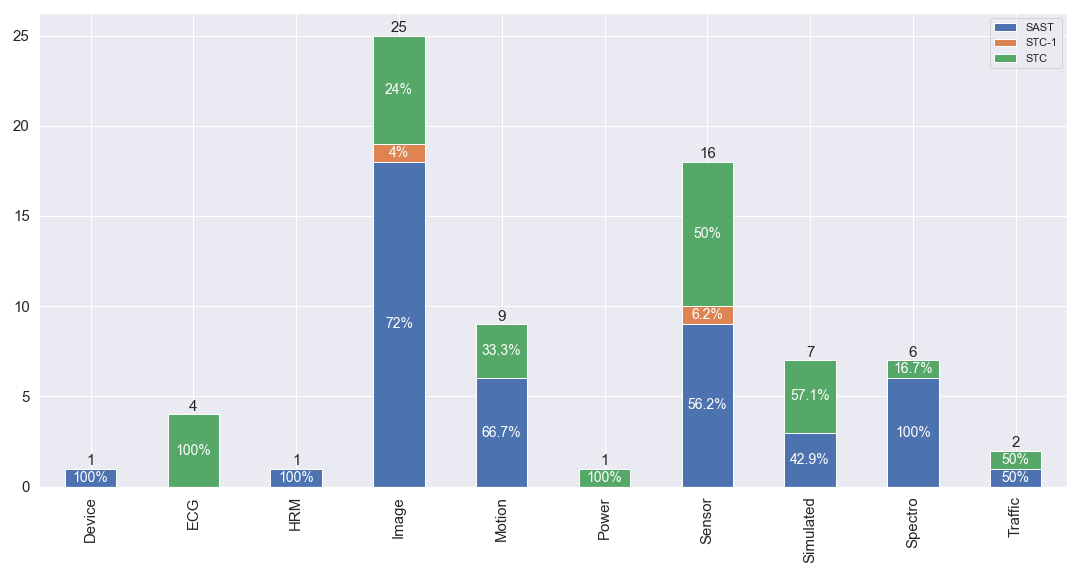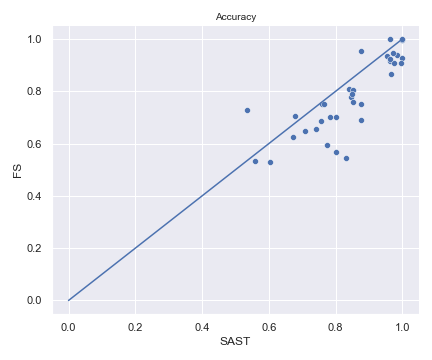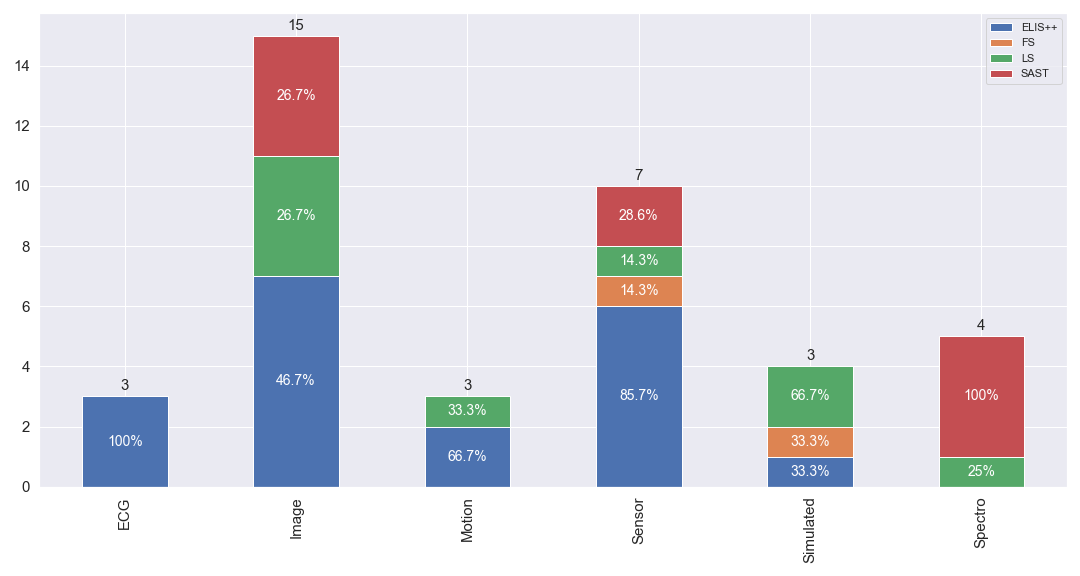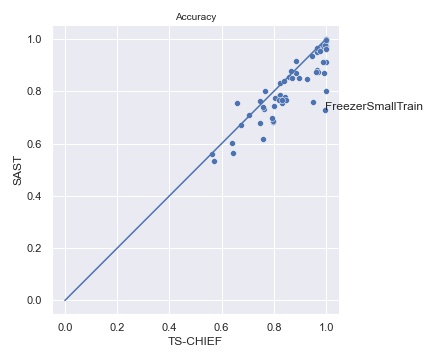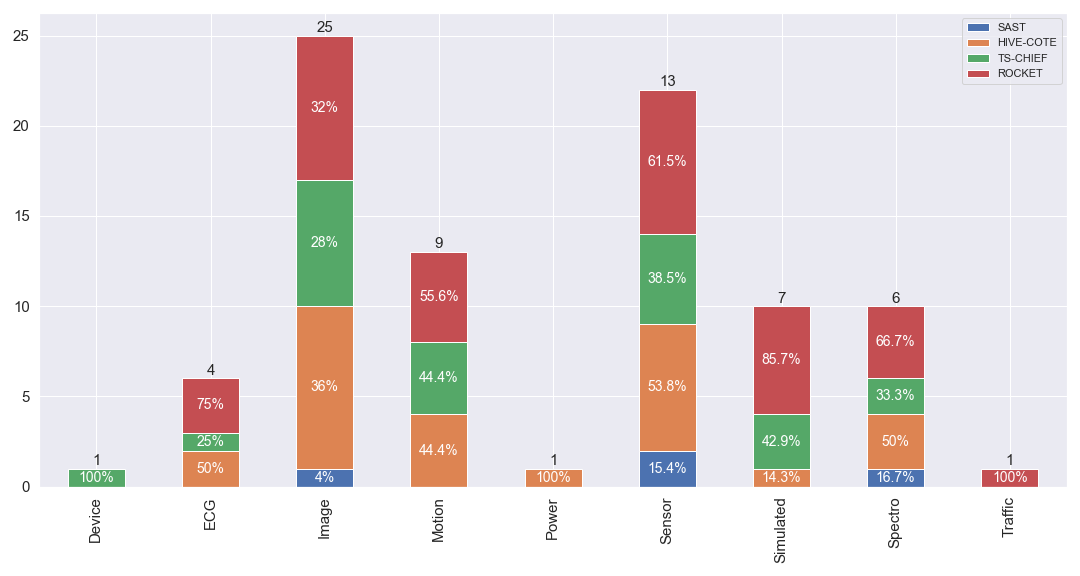🚀 SAST and SASTClassifier now available in Aeon-toolkit.
SAST is a novel shapelet-based time series classification method inspired by the core object recognition capability of human brain. SAST is more accurate than STC while being more scalable.
SASTEN is an ensemble of 3 SAST models. SASTEN is more accurate than SAST and more scalable than STC.
SASTEN-A is an ensemble of 3 approximated SAST models. The approximation is done by considering only a subset of the subsequences in the dataset.
STC-k is a shapelet transform classifier which generate shapelet candidates from at most k reference time series per class. If k is a float, then k x n_c instances are used per class, where n_c is the total number of instances in class c.
Updated version with more results
- All models results
- SAST results
- STC-k results
- Approximated SAST results: SAST-A
- Ensemble of approximated SAST results: SASTEN-A
- Ensemble of SAST results: SASTEN
- Execution time regarding the number of series
- Execution time regarding series length
 |
 |
|---|---|
 |
 |
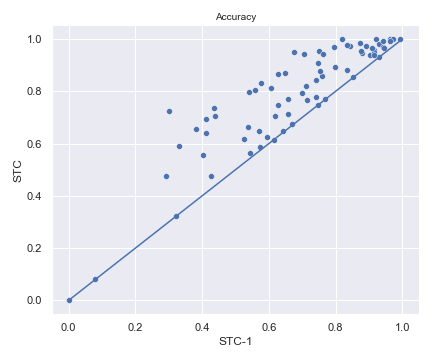 |
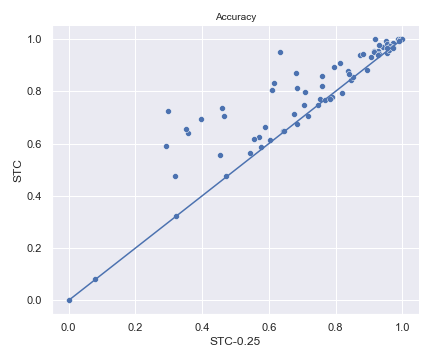 |
|---|---|
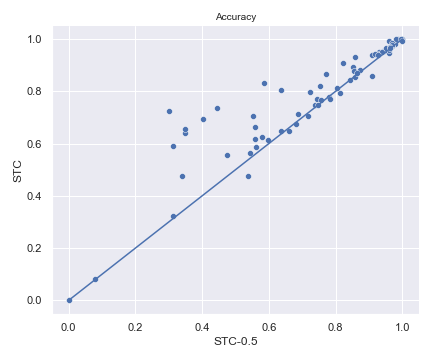 |
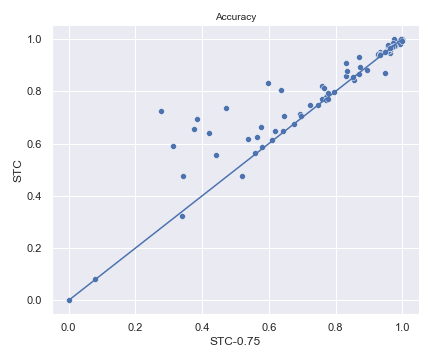 |
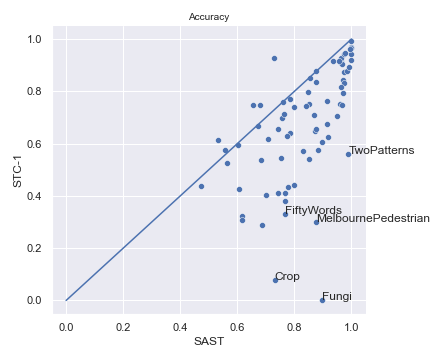 |
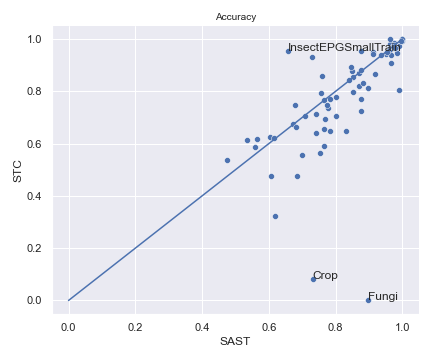 |
|---|
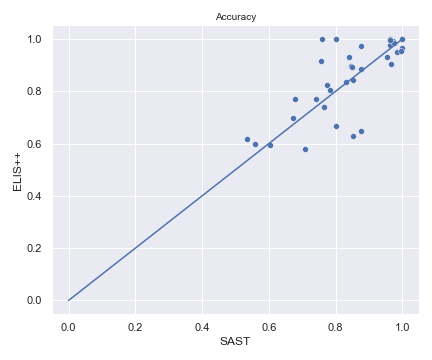 |
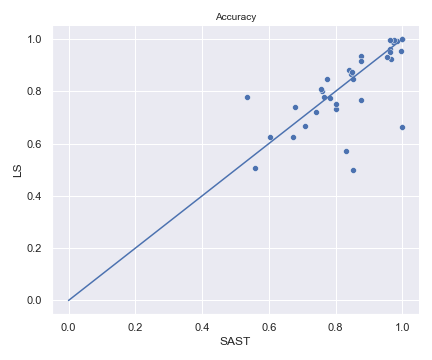 |
|---|
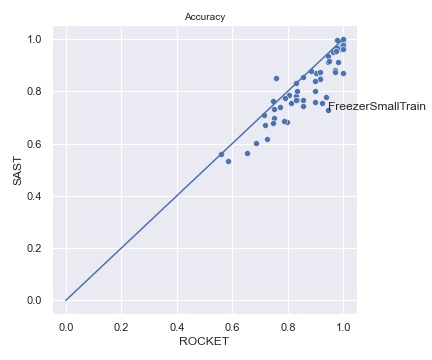 |
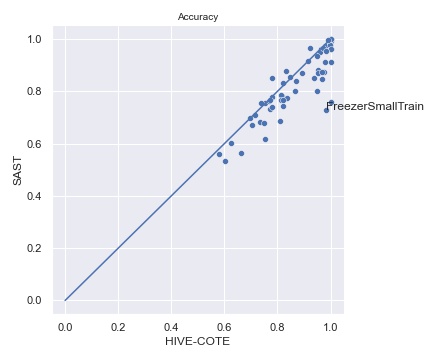 |
|---|---|
- Regarding the length of time series
- Regarding the number of time series in the dataset
import numpy as np
from sast.utils import *
from sast.sast import *
from sklearn.linear_model import RidgeClassifierCV
clf = RidgeClassifierCV(alphas=np.logspace(-3, 3, 10))
sast_ridge = SAST(cand_length_list=np.arange(min_shp_length, max_shp_length+1),
nb_inst_per_class=nb_inst_per_class,
random_state=None, classifier=clf)
sast_ridge.fit(X_train, y_train)
prediction = sast_ridge.predict(X_test)- numpy == 1.18.5
- numba == 0.50.1
- scikit-learn == 0.23.1
- sktime == 0.5.3



